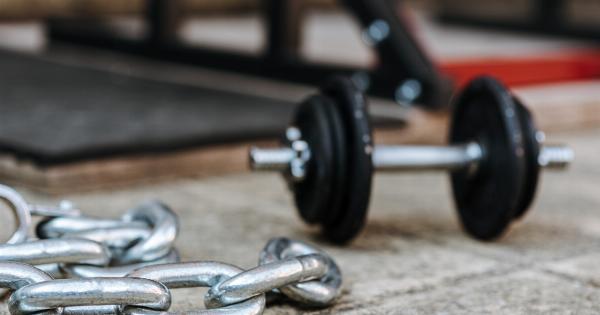Sagging breasts are a common concern for many women, and the common belief is that genetics is the major factor that determines the shape and size of the breasts.
However, many other factors can cause breasts to sag, including various environmental and lifestyle factors. In this article, we will discuss five factors that contribute to sagging breasts besides genetics.
Pregnancy and childbirth
One of the most important factors that contribute to sagging breasts is pregnancy and childbirth. During pregnancy, the breasts get bigger and heavier.
This added weight stretches the breast tissue and the ligaments that support the breasts, causing them to lose firmness and elasticity. After childbirth, the breasts may also droop or sag more due to hormonal changes during breastfeeding. To prevent sagging after pregnancy, women should wear supportive bras and do chest-strengthening exercises.
Weight fluctuations
Another factor that contributes to sagging breasts is weight fluctuations. When a woman gains weight, her breasts also get bigger and heavier, which puts extra strain on the ligaments and weakens the breast tissue.
Similarly, when a woman loses weight, her breasts may shrink or lose volume, resulting in sagging or drooping breasts. To prevent sagging due to weight fluctuations, women should maintain a healthy weight and wear supportive bras during exercise or physical activity.
Aging
Aging is a natural process that causes many changes in the body, including the breasts. As women age, the skin loses elasticity, and the breast tissue loses its density and firmness.
Additionally, the ligaments that support the breasts also weaken, causing the breasts to sag or droop. While aging is an inevitable process, women can prevent or delay sagging breasts by wearing supportive bras and doing exercises that target the chest muscles.
Poor posture
Poor posture is another factor that contributes to sagging breasts. When a woman slouches or hunches her shoulders forward, it puts extra pressure on the breasts, which can cause them to sag or droop.
Poor posture also weakens the chest muscles, which can contribute to breast sagging. To improve posture and prevent sagging breasts, women should do exercises that strengthen the back and shoulders and stand up straight with their shoulders back.
Smoking
Smoking is a harmful habit that can have many negative effects on the body, including the breasts. Studies have shown that smoking can cause the skin to lose its elasticity and contribute to premature aging.
Additionally, smoking can damage the underlying connective tissue and weaken the supportive ligaments that hold the breasts in place. To prevent sagging breasts and other health problems associated with smoking, women should quit smoking or avoid exposure to secondhand smoke.
Conclusion
In conclusion, while genetics may play a role in determining breast shape and size, there are many other factors that contribute to sagging breasts. These factors include pregnancy and childbirth, weight fluctuations, aging, poor posture, and smoking.
By understanding these factors and taking steps to prevent or minimize their effects, women can maintain firm, shapely breasts throughout their lives.






























